5 signs it’s time to replace your cast iron skillet
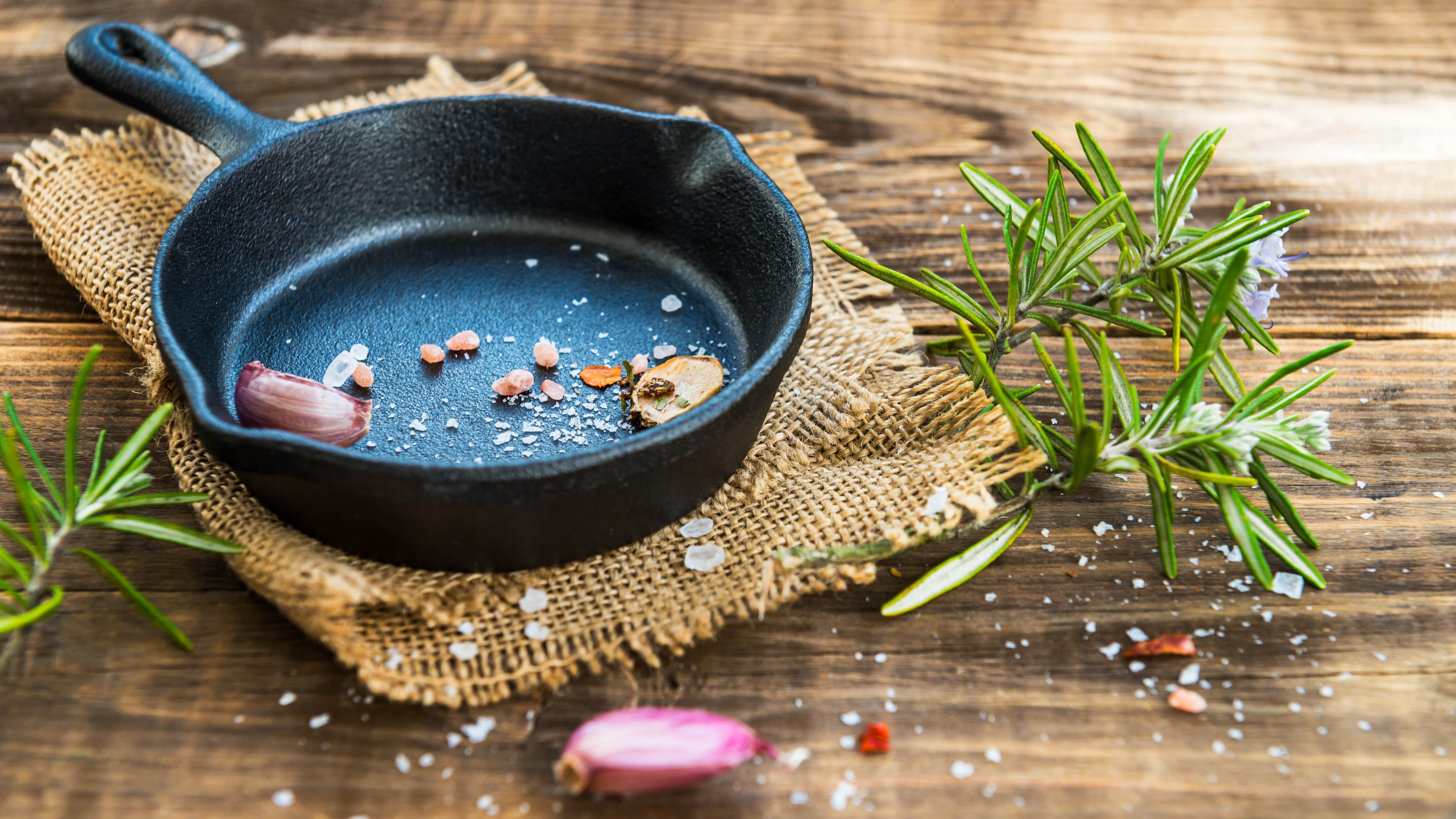
With the right care, attention and maintenance, the best cast iron skillets can last for a lifetime, with minimal signs of wear or damage. Even if you make any of these 5 mistakes with your cast iron skillet, odds are it will endure and recover. These hardy pieces of cookware are designed to withstand years of use. Even if subjected to rust, you can easily learn how to clean a cast iron skillet to restore it to its original condition.
Having said that, cast iron skillets aren’t indestructible. Depending on your use and the conditions in which it is stored, there are sadly times when a cast iron skillet needs to retire to the recycling heap. It’s important that you recognize such signs of wear and upgrade your cookware when necessary. Otherwise it can lead to a potential safety hazard.
Here are 5 signs that it’s time to throw out your cast iron skillet. Avoid these 7 mistakes you’re making with your pots and pans.
1. Cracking
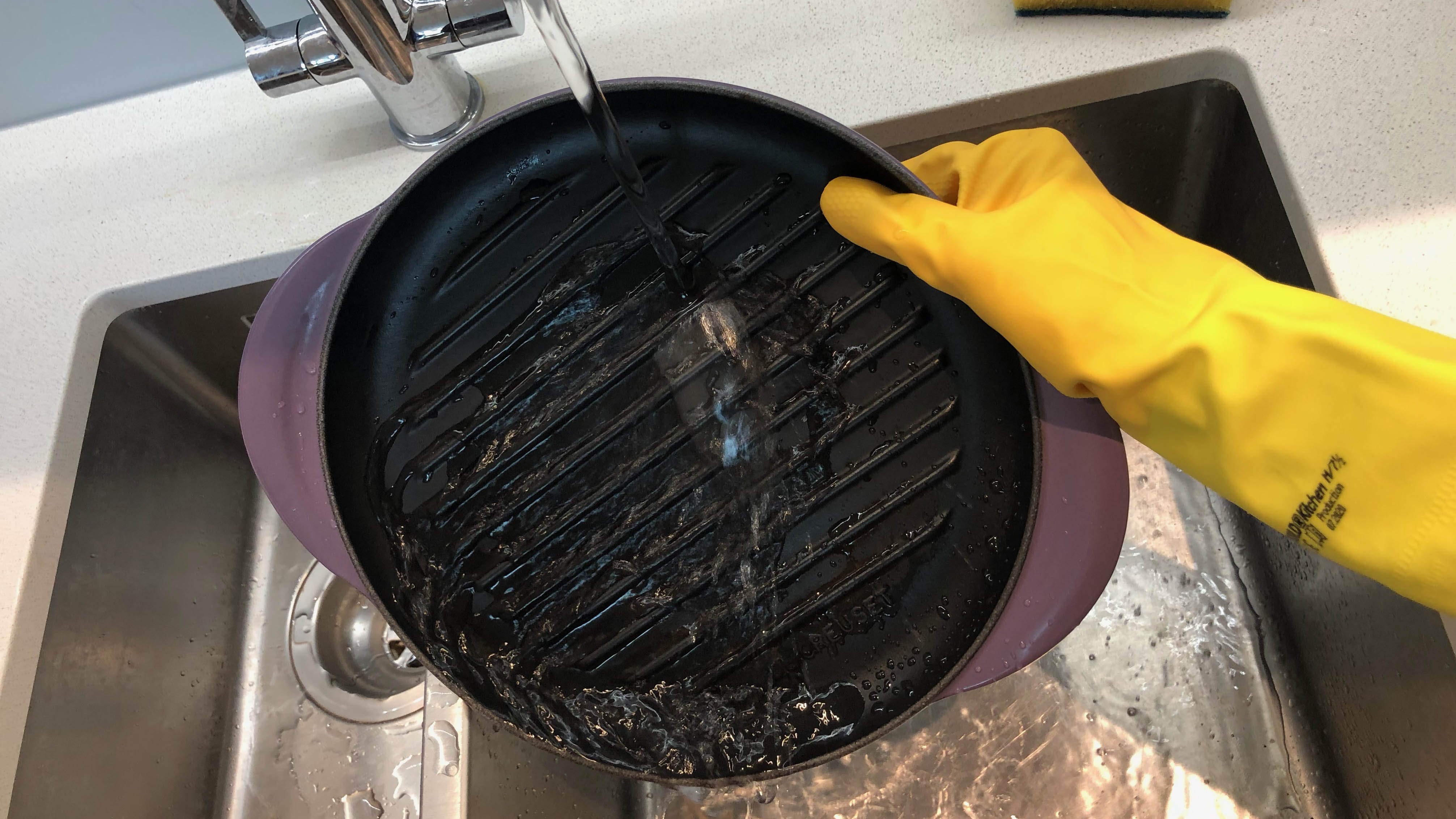
The first and most important sign of damage for a cast iron skillet is cracking. Cracking can occur in cast iron as a result of a physical impact or because of a sudden change in temperature. For instance, if you run a hot skillet under cold water, the change in temperature can ‘shock’ the metal and cause cracks.
Even if you’ve only noticed a slight crack, it’s time to get rid of the skillet. Each time you heat your cookware, the crack will expand and contract, which means it will ultimately grow until it splits your skillet. Should you be cooking hot ingredients during such a circumstance, this could pose a serious safety hazard.
On top of this, cracks will contain bacteria as well as rust over time, and if not dealt with, can lead to chipping as well, which isn't safe around your food.
Make sure your cracked cast iron skillet is properly recycled. To prevent such an occurrence in the future, handle your new pan with care and don’t subject it to extreme temperature changes — let it cool before washing it.
Get instant access to breaking news, the hottest reviews, great deals and helpful tips.
2. Warping
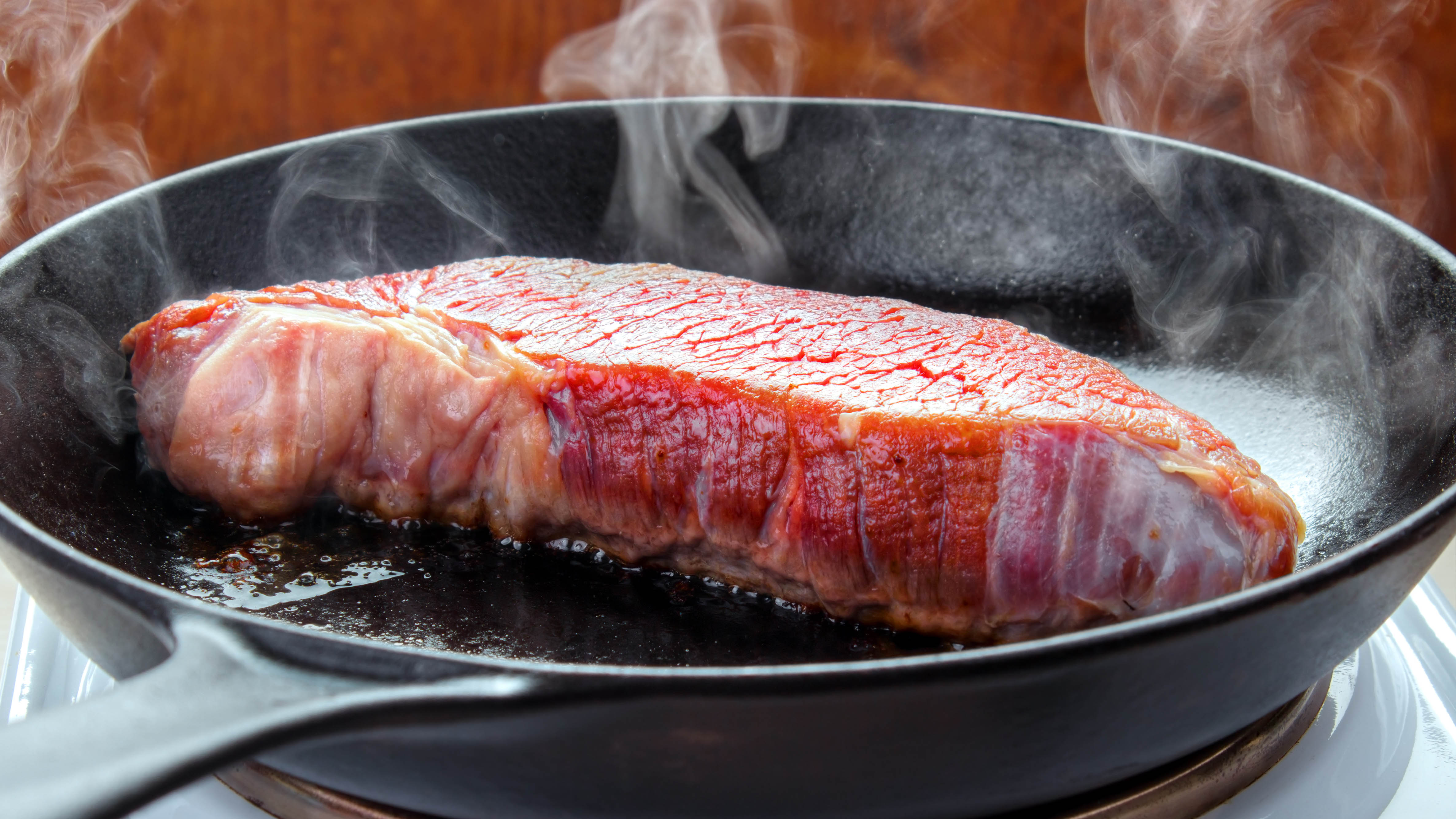
Warping can be another consequence of a sudden temperature change. This refers to when the skillet bends out of shape. The metal of your cast iron skillet expands and contracts with every use — so long as this process occurs gradually and evenly, there’s no issue. However, by heating up, or cooling down your skillet too quickly, this can cause undue stress on the metal, producing a warped appearance.
That’s why, once again, it’s bad practice to place a hot skillet into cold water, or indeed to heat it up too quickly. In the case of the latter, the pan needs time to evenly dispense the heat — if the base heats too quickly compared to the walls, this can lead to the same stress.
You can tell once warping has occurred because the skillet no longer sits evenly on the stovetop. Depending on the level of warping, this can affect the cooking performance — your food will likely not cook so evenly with the oil pooling. If it’s so warped that it can be knocked over easily from the cooktop, it’s time to get a new cast iron skillet.
3. Holes have formed
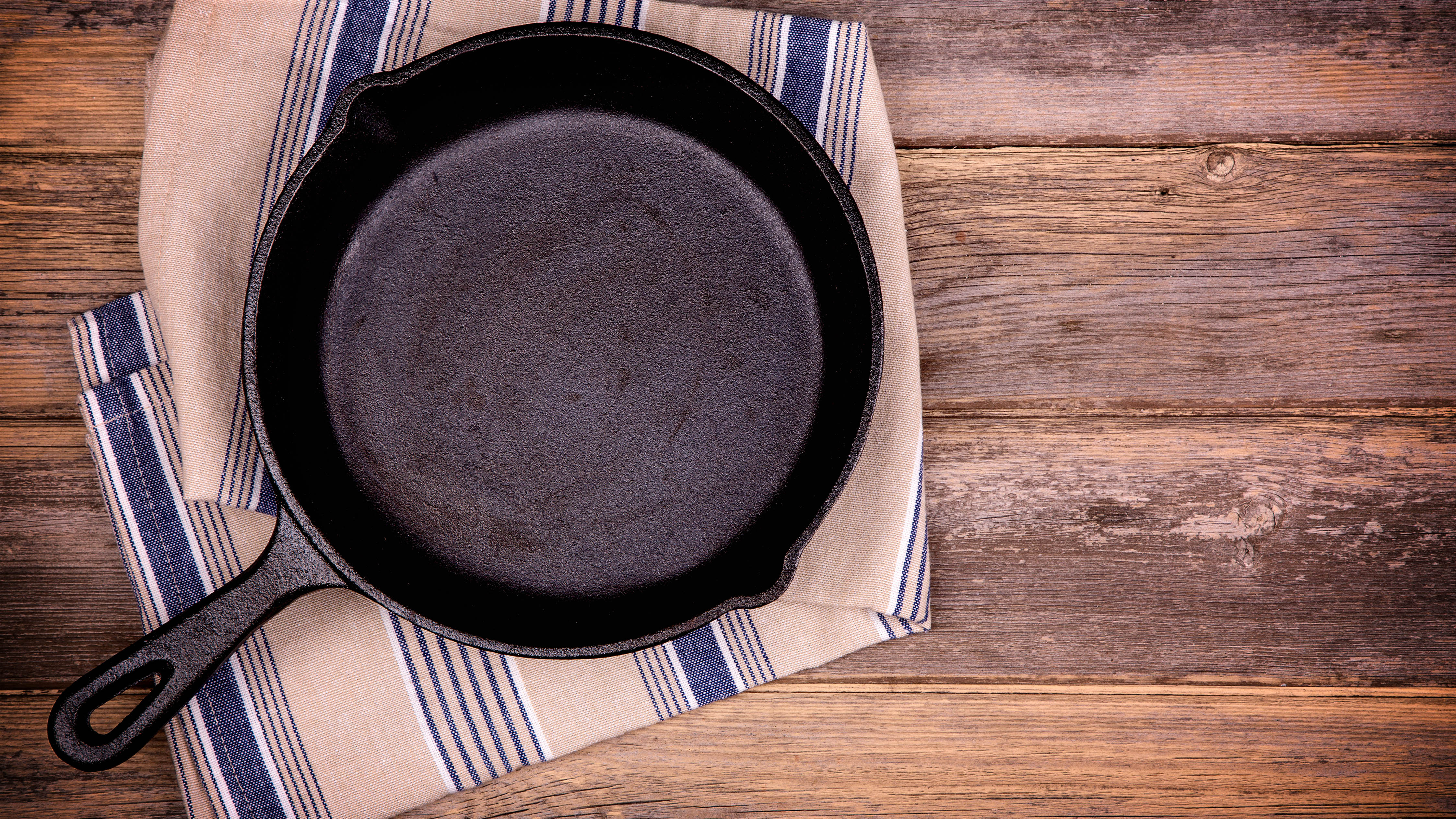
This sounds extreme, but small holes or pits can indeed form on the surface of a cast iron skillet. This occurs over time with improper use and care. Perhaps your washing method is particularly abrasive, incorporating the use of steel wool as well as a harsh dish soap. Or perhaps your cooking tools have taken their toll over the years. In either case, the surface can gradually wear away, leaving small visibly pitted holes.
This can affect the evenness of the layer of seasoning, so it’s best that you take action should you spot pitting. Such damage cannot be repaired, so get yourself a new cast iron skillet.
Make sure you check the natural surface of your cast iron skillet before judging pitting. A rough and consistent surface is common — pitting, on the other hand, looks like small and irregular holes.
4. Enameled coating is damaged
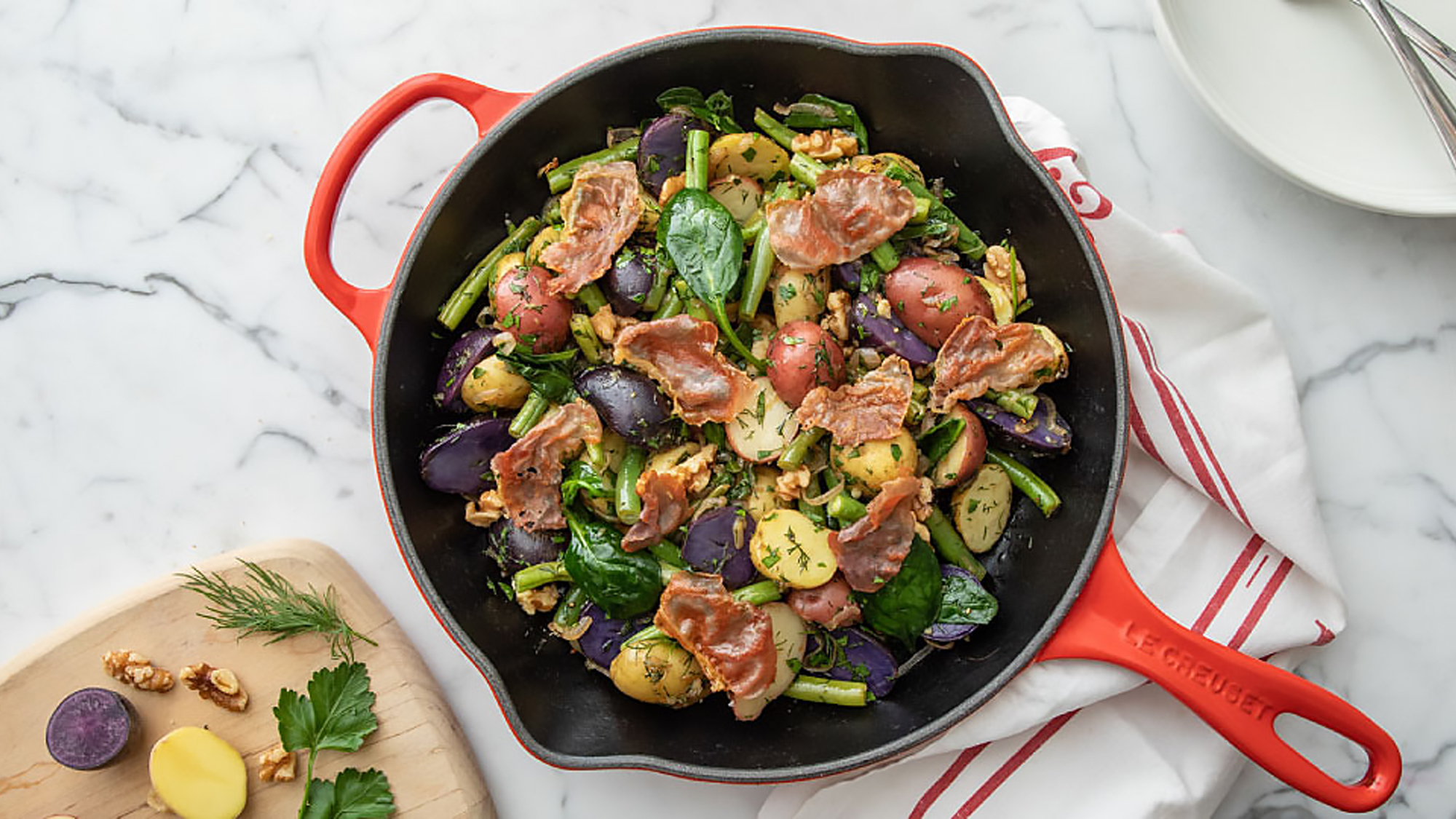
This point applies to those who own an enameled cast iron skillet, such as the popular options from Le Creuset. With an enameled coating supplied on the surface, this pan is given a protective layer against rust and won’t require seasoning. However, this layer of enamel can be damaged or worn away over time, which users of such a pan should be made aware of.
The dishwasher is a common contributor to this problem, and it doesn’t help that enameled skillets often say they’re dishwasher-safe. As the cycle runs, the harshness of the detergent can dull this enameled layer. Heavy duty use with metal tools can also do some damage to the enamel over time. As a result, you may notice your skillet becomes more difficult to clean, and it may start forming rust on the surface as well. If you suspect your enameled layer has taken damage, replace your cast iron skillet.
5. You never use it
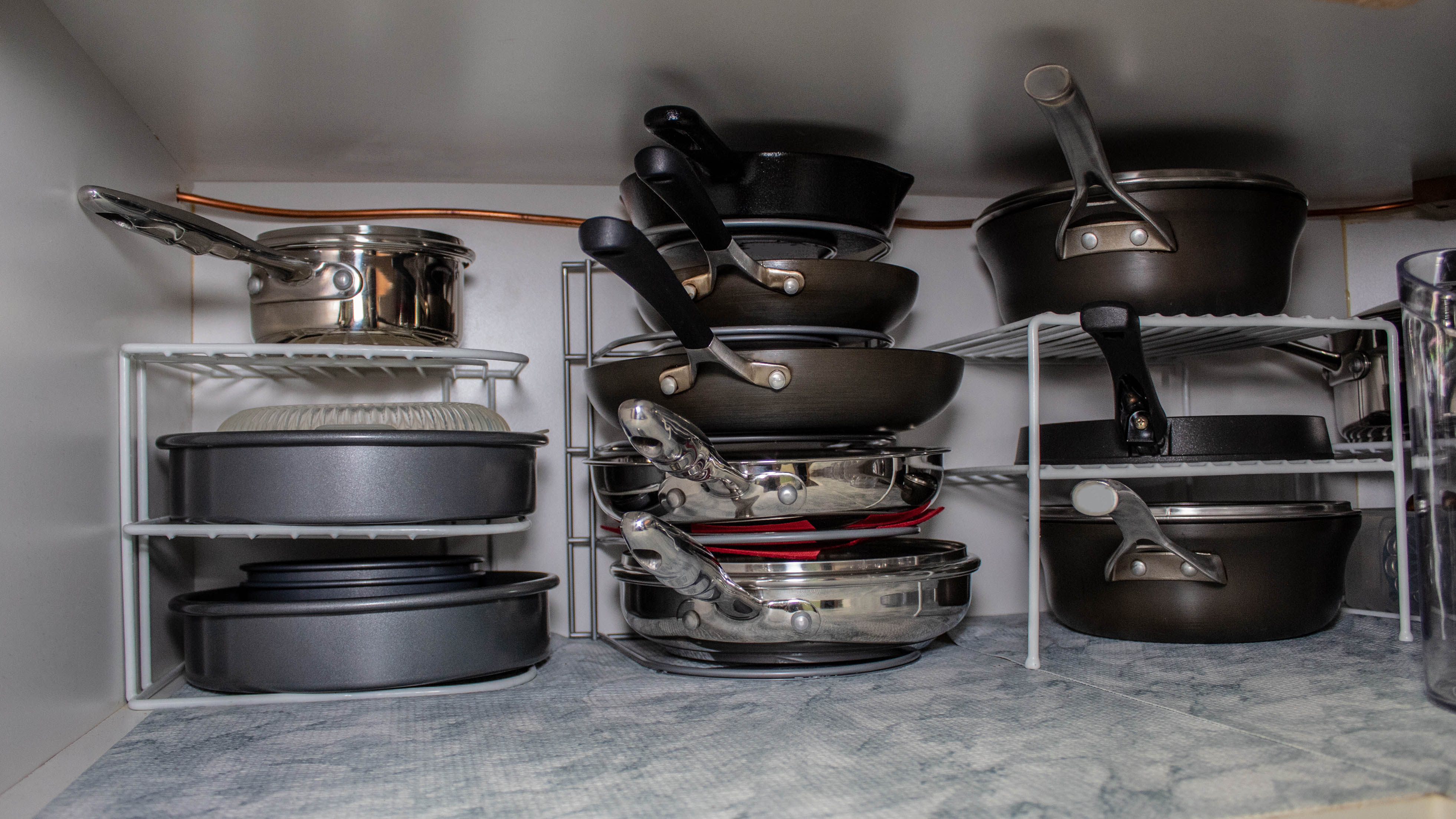
If your cast iron skillet is doing nothing, but gathering dust in your kitchen cupboard, it may be time to pass it onto someone else. These can take up a huge amount of room, even if you use one of these 7 space-saving ways to organize pots and pans. So you’re better off reserving the space for something you regularly use, or opting for a cast iron skillet which is perhaps a more suitable size.
If you’ve never tried using your cast iron skillet before, don’t be afraid to get it out and give it a go. These can provide a sear and flavor of which few other pieces of cookware can achieve. Although, be aware that you may need to learn how to season a cast iron skillet if you’re dealing with exposed cast iron.
A note on rust and corrosion
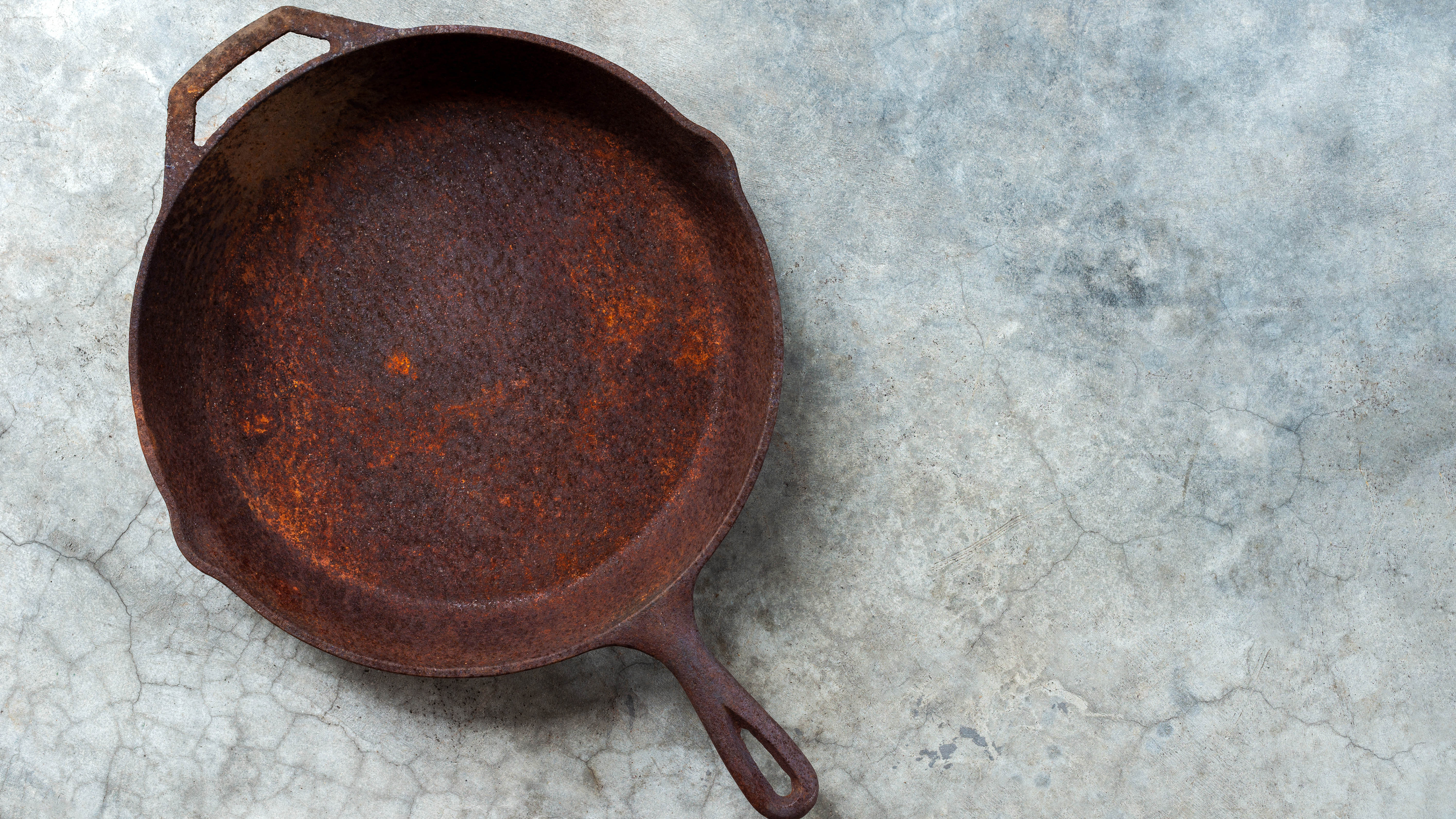
It’s also worth flagging that rust and corrosion is a common reason for replacing a cast iron skillet. But, the good news is a rusty skillet can actually be saved. We cover this in how to clean a cast iron skillet.
Rust occurs when your cast iron skillet is exposed to moisture for prolonged periods. It’s quick and easy to form — something as simple as forgetting to hand dry the pan after washing it, or storing it in damp conditions can lead to rust. But, one of the biggest contributors has to be the dishwasher. Even if your skillet says it’s dishwasher-safe, avoid this appliance. The moisture levels are a breeding ground for rust and the dishwasher detergent can damage the layer of seasoning.
If your cast iron skillet has been subjected to rust, follow our guidance as given above to get it looking like new again. If the rust has reached extreme levels and you can’t face the manual labor involved, you can always opt for a new cast iron skillet.
For more cooking tips, tricks and how tos, check out how to clean an oven, 5 pros — and 5 cons — of cooking with an air fryer and dishwasher vs washing by hand — which is cheaper?

Katie Mortram used to be a Homes Editor for Tom's Guide, where she oversaw everything from kitchen appliances to gardening tools, as well as smart home tech. Specializing in providing expert advice for cleaning and home manintenance, she now works as Household Advice Editor for Good Housekeeping.
